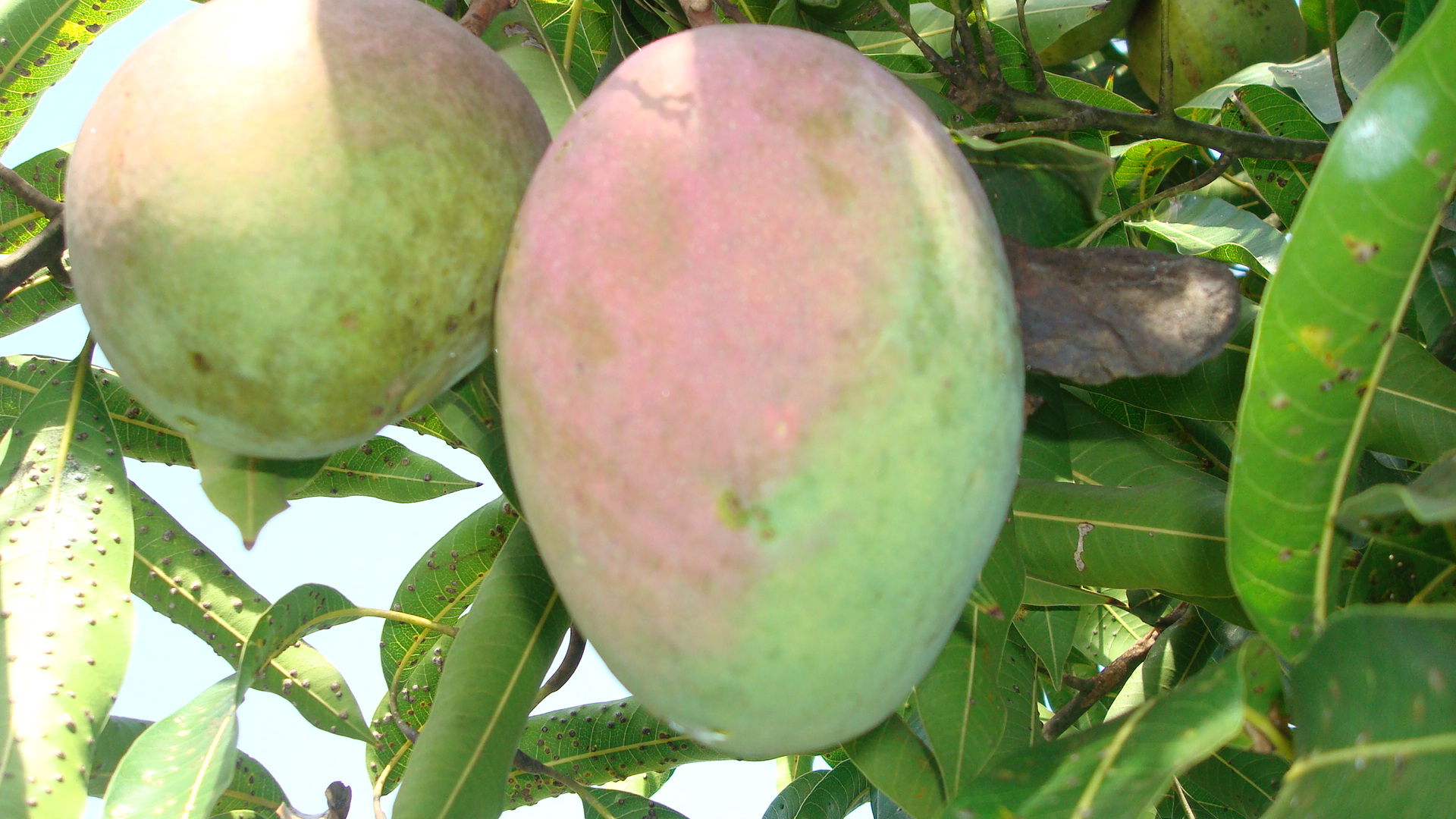
| Home Haden Kent Alphonso Sabre Van Dyke Sensation Tommy Atkins Heart Irwin Kesington Keitt | ||||||||
 |
||||||||
| Carabao Golek Arumanis Zillate Zill Smith Nimrod Maya Mathias Madoe Chino Club Kizulu Gallery | ||||||||
 |
|
Pests and Diseases
Mango fruit fly
Mealybugs
Mango aphid
Powdery mildew
Anthracnose
Mango survey
Mbeere
Kilifi
Makueni
Mango varieties in Embu and Makueni by District
Challenges
Cultural practices
Postharvest treatment
Chemical control
Challenges to Mango planting
ImprovementMango planting
Mango Improvement Strategy
By: Phanuel Oballa and Rachel Kariuki © 2015 KEFRI/KALRO Mango Research